Spice Up Your Cup: A Guide to Colombian Hot Chocolate and Global Flavors
Table of Contents
Introduction
If you're a spice enthusiast or a professional in the food industry, you know that every culture has its own unique way of infusing flavor into everyday ingredients. One of the most fascinating examples is Colombian hot chocolate, a rich, spiced drink that has been enjoyed for centuries in South America. In this article, we'll explore the world of global spice traditions with a special focus on Colombian hot chocolate, offering practical tips, in-depth explanations, and even a handy buying guide to help you bring the flavors of the world to your kitchen.
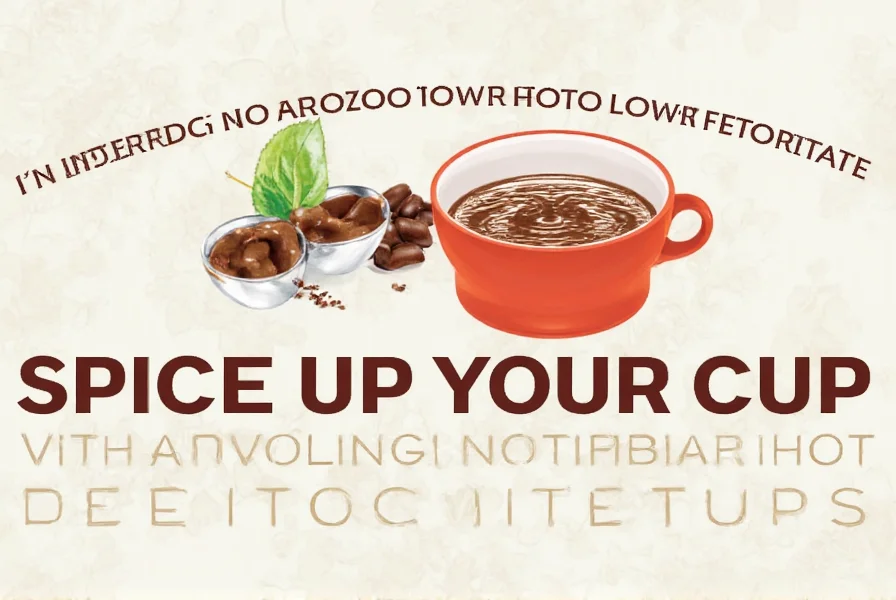
What Is Colombian Hot Chocolate?
Colombian hot chocolate isn't just any cocoa-based drink—it's a vibrant, aromatic beverage that blends sweet, spicy, and earthy notes into one unforgettable sip. Unlike the smooth, milky hot chocolate you might find in Europe, Colombian hot chocolate is often made with raw cacao, sugar, cinnamon, and sometimes even chili powder or cloves. It’s a drink that tells a story of tradition, resilience, and deep cultural roots.
Historically, the indigenous peoples of Colombia used cacao as currency, medicine, and ritual offering. Over time, the Spanish introduced new spices and techniques, leading to the creation of the rich, spiced version we now know. Today, it's a beloved part of Colombian cuisine, especially during the winter months or as a comforting morning pick-me-up.
Global Spice Traditions
Spices have always played a central role in shaping the identities of different cultures. From the fiery curries of India to the delicate saffron-infused dishes of the Middle East, each region has developed its own unique spice profiles. Colombian hot chocolate is just one example of how spices can transform a simple ingredient like cacao into something extraordinary.
Let’s take a quick look at some of the world’s most iconic spice traditions:
- Indian Spices: Garam masala, turmeric, and cardamom are staples in Indian cooking, adding depth and complexity to everything from curries to desserts.
- Mexican Spices: Chili, cumin, and oregano define Mexican cuisine, giving it that bold, smoky flavor profile.
- Middle Eastern Spices: Saffron, sumac, and za’atar are essential in dishes like kebabs and stews, offering a balance of acidity and warmth.
- Caribbean Spices: Allspice, nutmeg, and ginger are commonly used in both savory and sweet dishes, reflecting the region’s diverse heritage.
Each of these spice traditions brings something unique to the table—and when it comes to Colombian hot chocolate, the blend of cinnamon, vanilla, and even a hint of chili creates a flavor that stands out in the global spice landscape.
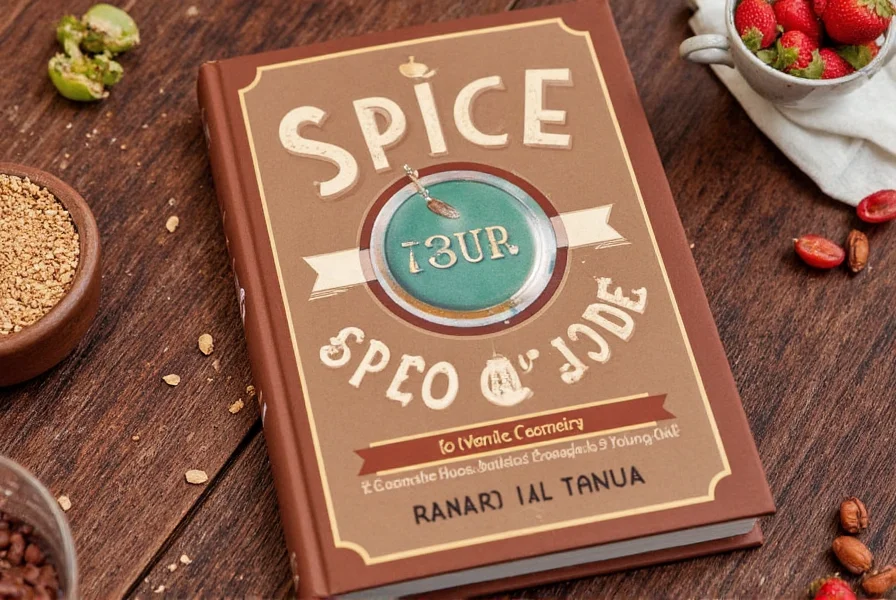
How to Make Colombian Hot Chocolate
Ready to try making your own Colombian hot chocolate? It’s easier than you might think, and the results are worth every drop. Here’s a simple recipe to get you started:
- Ingredients:
- 2 cups milk (dairy or plant-based)
- 1/4 cup unsweetened cacao powder
- 1/4 cup sugar (adjust to taste)
- 1 teaspoon ground cinnamon
- 1/2 teaspoon vanilla extract
- Pinch of ground cloves or a small piece of chili pepper (optional)
- Instructions:
- In a saucepan, combine the milk, cacao powder, sugar, cinnamon, and vanilla. Stir over medium heat until the mixture is warm and well blended.
- If using cloves or chili, add them to the mix and let it simmer for about 5 minutes.
- Remove from heat and let it cool slightly before serving.
For an extra indulgent twist, top it with whipped cream, a sprinkle of cinnamon, or a dash of nutmeg. You can also use a handheld frother or a whisk to create a velvety texture.
Buying Guide for Colombian Hot Chocolate
Whether you’re looking to buy ready-made Colombian hot chocolate or the ingredients to make it yourself, there are several options to consider. Here’s a breakdown of what to look for:
| Product | Features | Advantages | Use Cases | Target Audience | Suitable Occasions |
|---|---|---|---|---|---|
| Cocoa Powder (Raw Cacao) | Unprocessed, high in antioxidants | Rich flavor, ideal for homemade drinks | Home brewing, gourmet kitchens | Cooking enthusiasts, health-conscious individuals | Weekend brunches, holiday gatherings |
| Spiced Hot Chocolate Mix | Pre-mixed with cinnamon, sugar, and other spices | Convenient, easy to prepare | Quick breakfasts, travel, office snacks | Busy professionals, families | Morning routines, afternoon breaks |
| Chocolate Syrup | Flavored with vanilla, cinnamon, or chili | Adds instant flavor to coffee or tea | Coffee shops, home bars | Coffee lovers, baristas | Coffee breaks, social events |
| Chili Powder (Optional) | Used sparingly for a kick of heat | Enhances depth of flavor | Culinary experimentation, spicy drink lovers | Spice connoisseurs, adventurous cooks | Wine and cheese pairings, themed dinners |
When purchasing ingredients, look for high-quality, ethically sourced products whenever possible. For pre-made mixes, check the label for natural ingredients and minimal additives. The best Colombian hot chocolate is made with care and respect for tradition—so don’t be afraid to ask questions or read reviews before making a purchase.
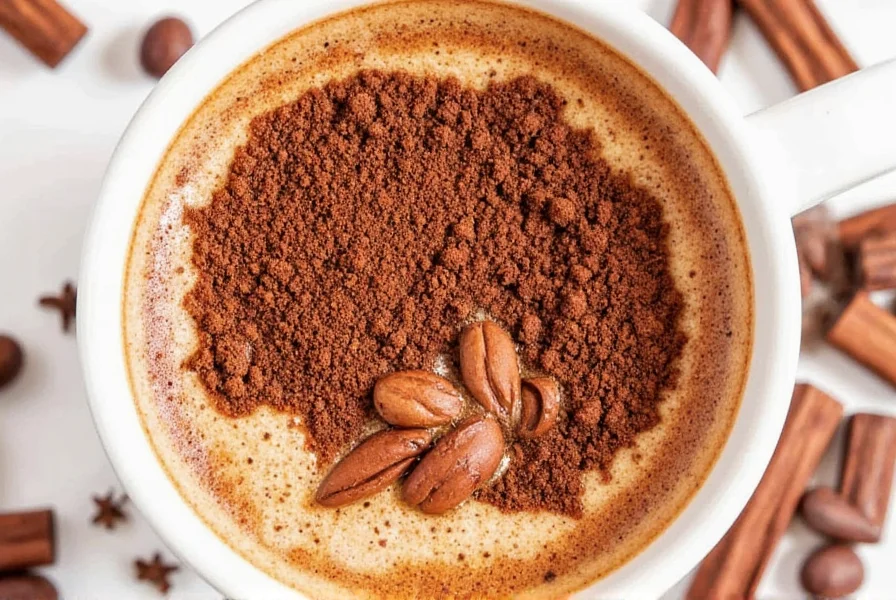
Top 5 Tips for Enjoying Colombian Hot Chocolate
Here are five practical tips to elevate your Colombian hot chocolate experience:
- Use Fresh Ingredients: The quality of your cacao, milk, and spices will directly affect the final flavor. Fresh, high-quality ingredients make all the difference.
- Experiment with Spices: While traditional recipes include cinnamon and cloves, feel free to experiment with cardamom, nutmeg, or even a pinch of chili for a unique twist.
- Pair It with the Right Treats: Colombian hot chocolate pairs beautifully with pastries like pan de muerto or empanadas. Try it with a slice of dark chocolate or a cinnamon roll for a perfect combination.
- Make It Frothy: Use a frother or a whisk to create a creamy, luxurious texture that enhances the drinking experience.
- Enjoy It Warm, Not Hot: While it’s a hot drink, it shouldn’t be scalding. Serve it at a comfortable temperature so you can savor every sip.
Conclusion
From its rich history to its complex flavor profile, Colombian hot chocolate is more than just a drink—it's a cultural treasure. Whether you're a seasoned spice lover or a curious beginner, exploring the world of global spice traditions can open up a whole new world of flavors and experiences. And if you ever get the chance to try a true Colombian hot chocolate, remember that it's not just about the taste—it's about the story behind each sip.
So next time you reach for a cup of cocoa, why not go the extra mile and bring a bit of Colombia into your kitchen? With the right ingredients, a little creativity, and a lot of love, you can enjoy a drink that's as rich in history as it is in flavor.
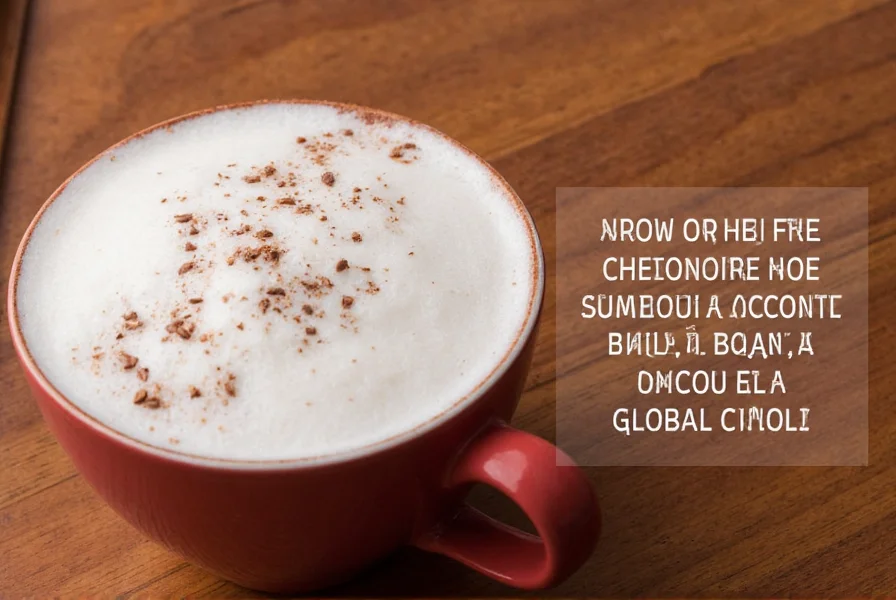

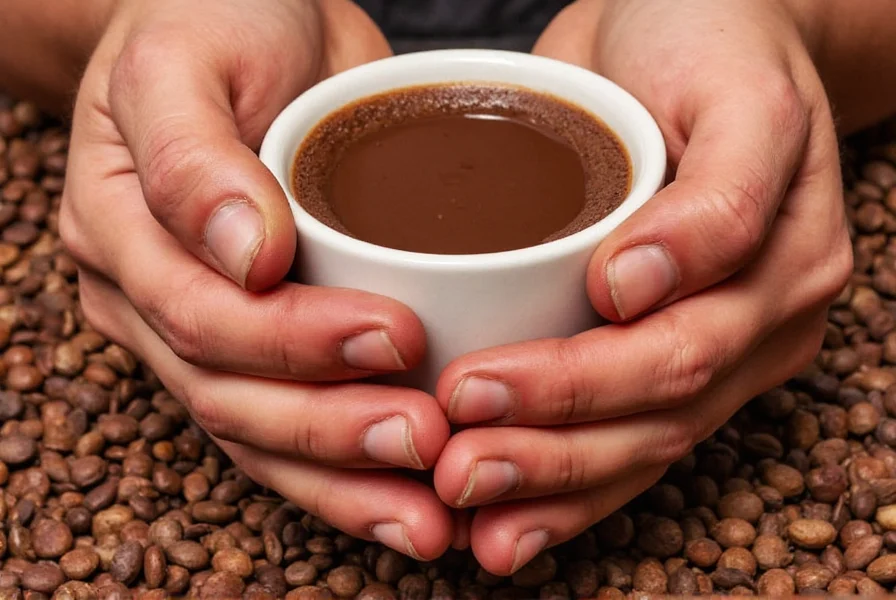









 浙公网安备
33010002000092号
浙公网安备
33010002000092号 浙B2-20120091-4
浙B2-20120091-4